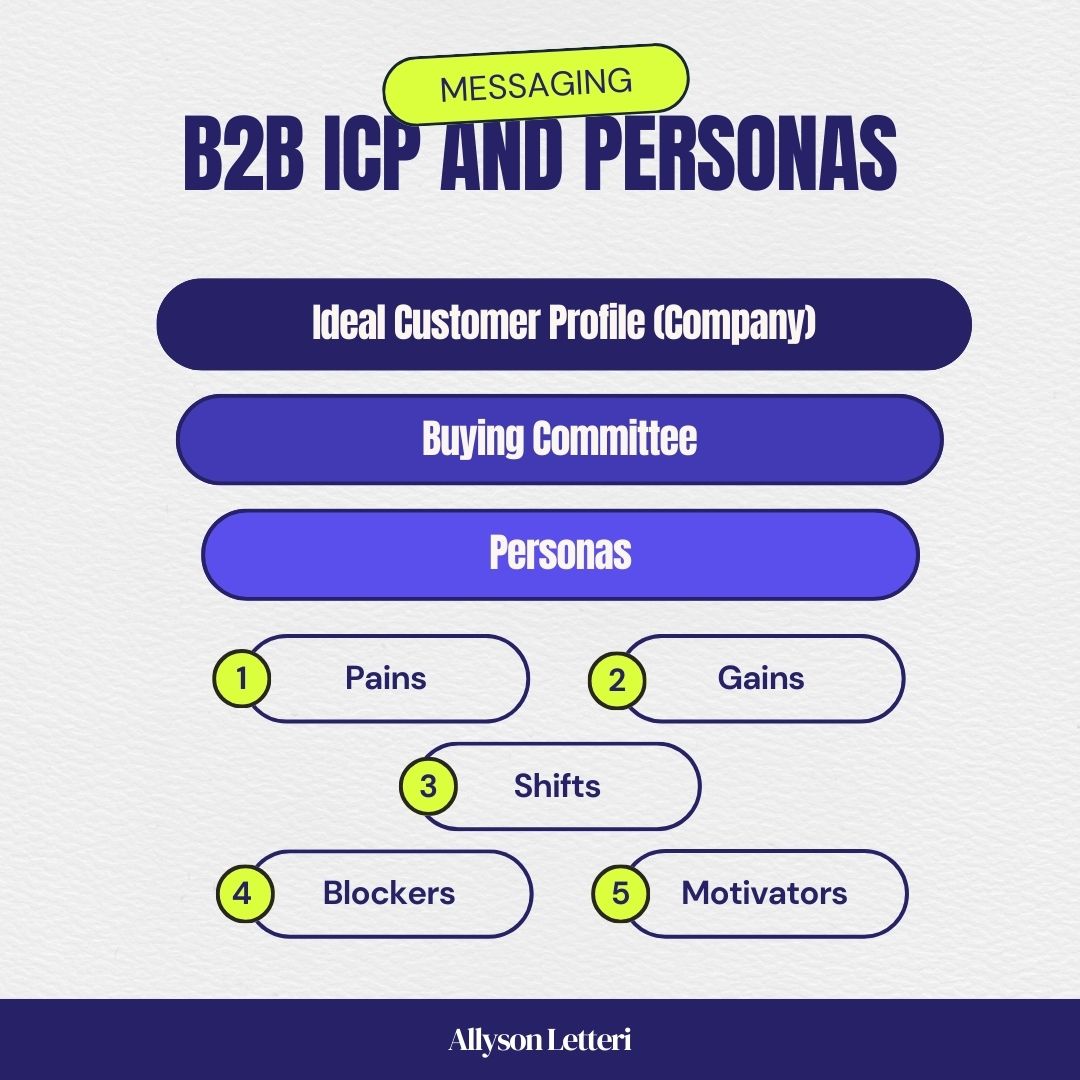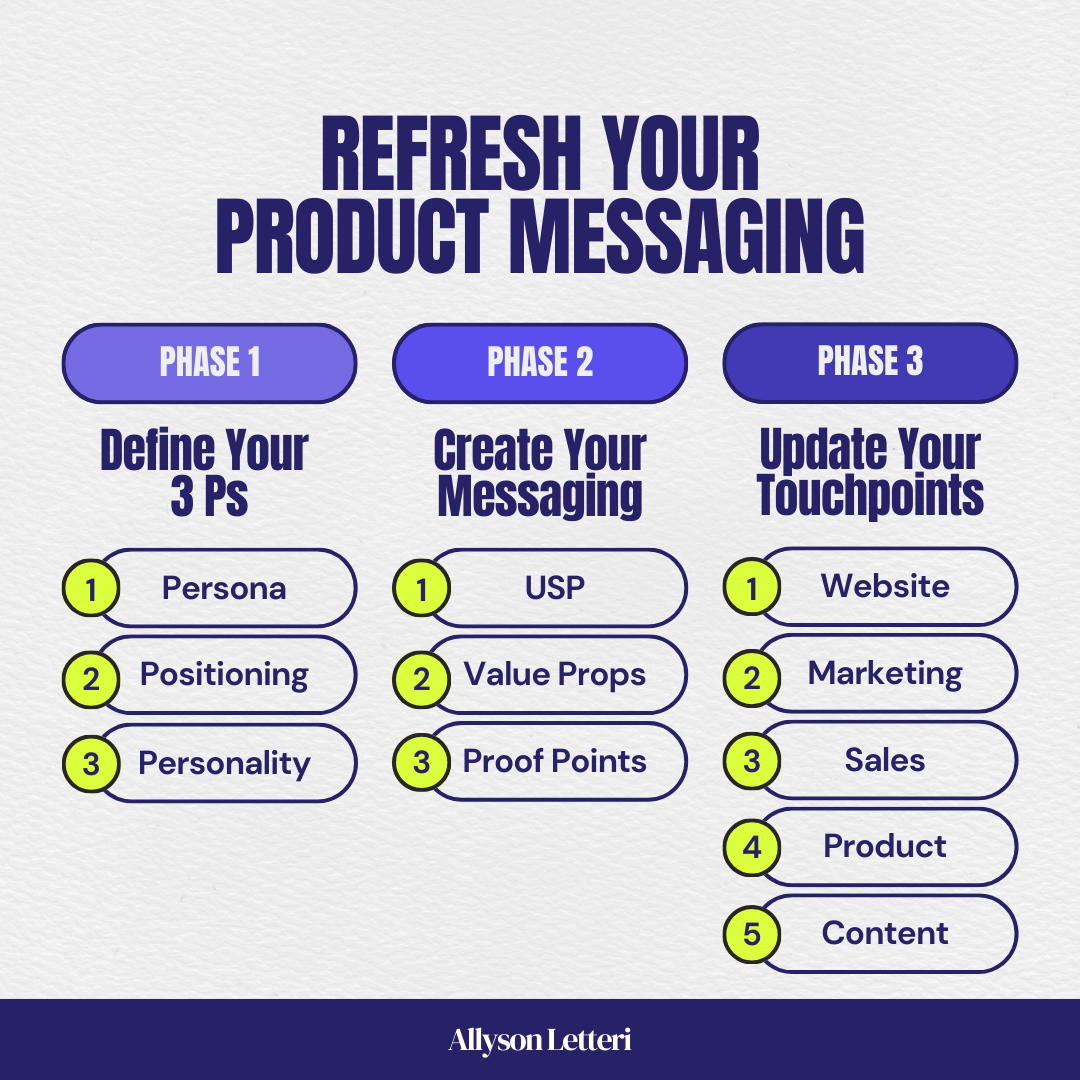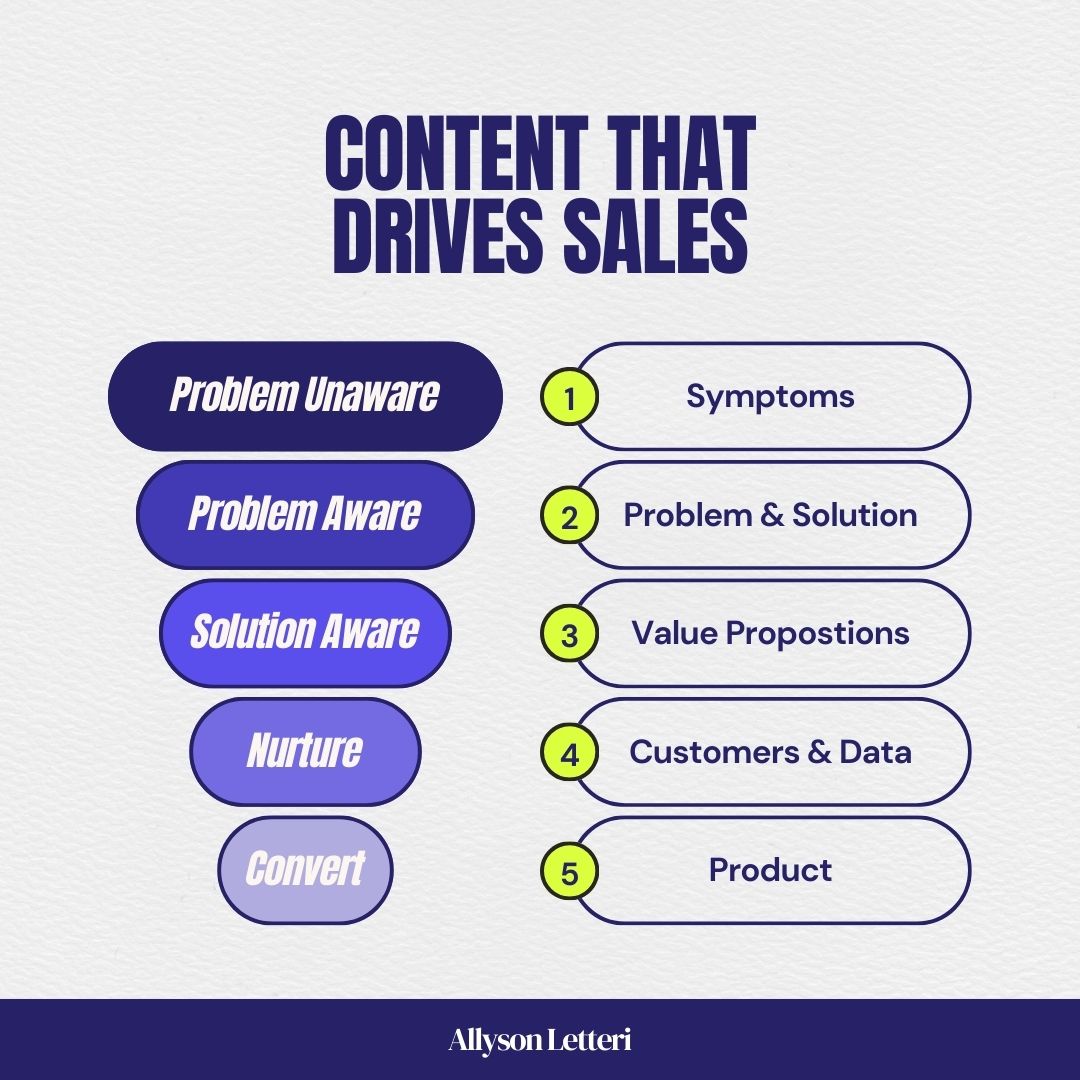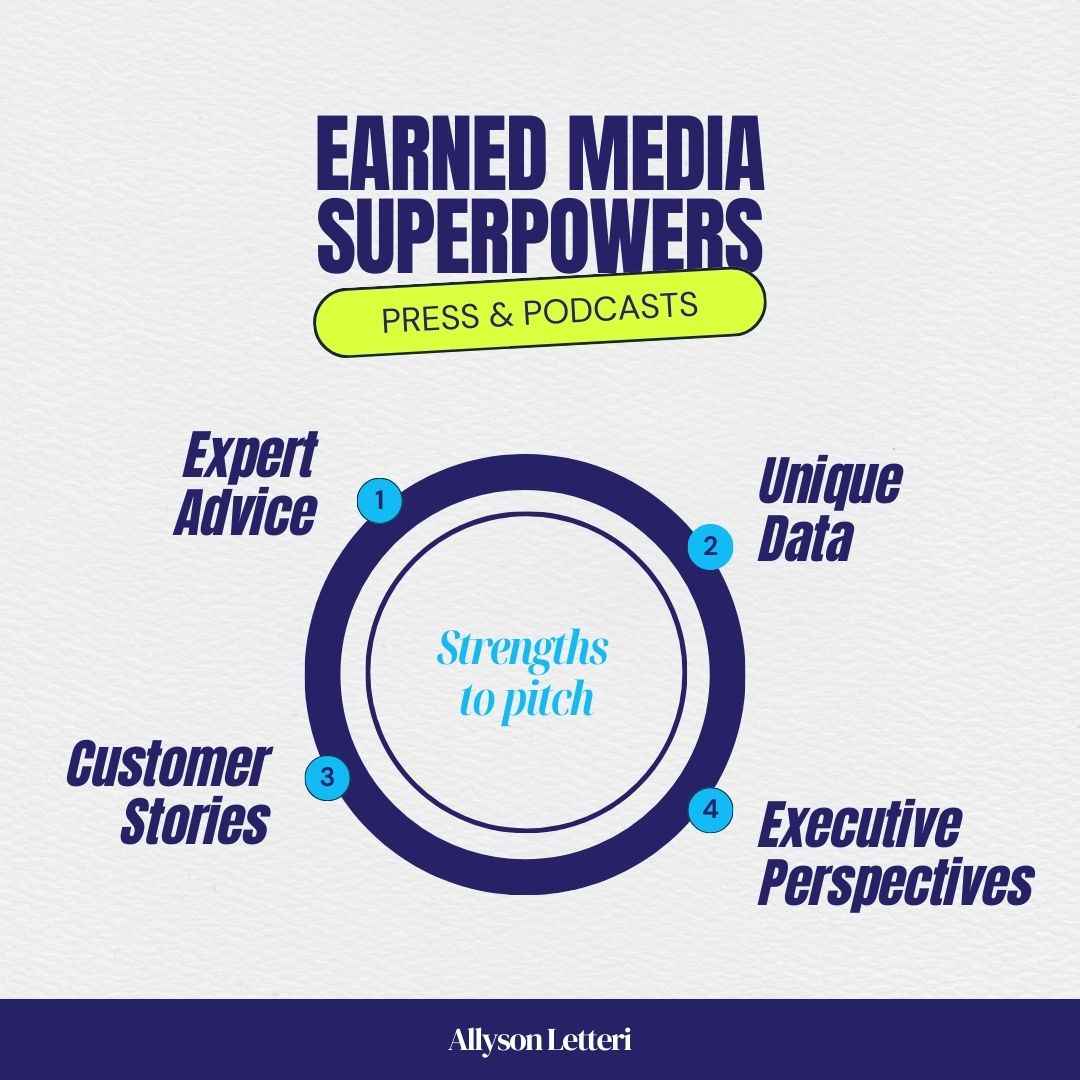What is product positioning? Do I need to create a category, or can I position my product to win in an existing category? And how do I actually define my product positioning?
Startup founders often ask me these questions when they notice it’s hard to close a sale and prospects keep choosing competitors’ solutions. Or sometimes it’s after a founder realizes they don’t have a consistent way to explain what’s most effective and unique about their product.
Positioning helps your ideal customers understand how your product is different and better than the alternative solutions they could choose. It’s about creating favorable contrast, making it clear how your product is uniquely better than what your competitors offer.
A startup often needs to shape their ideal customers’ perceptions so they choose you versus more well established competitors. Positioning helps your product occupy a favorable place in your prospects’ and customers’ minds.
As a startup, you’re likely a challenger brand, taking on other direct and indirect competitors that claim they can solve your ideal customers’ problems the best. Positioning helps you determine exactly which differentiators matter most to your customers. You’ll decide what to emphasize in your messaging to make your product stand out.
Ready to learn how? Here are five steps to develop your startup’s product positioning.
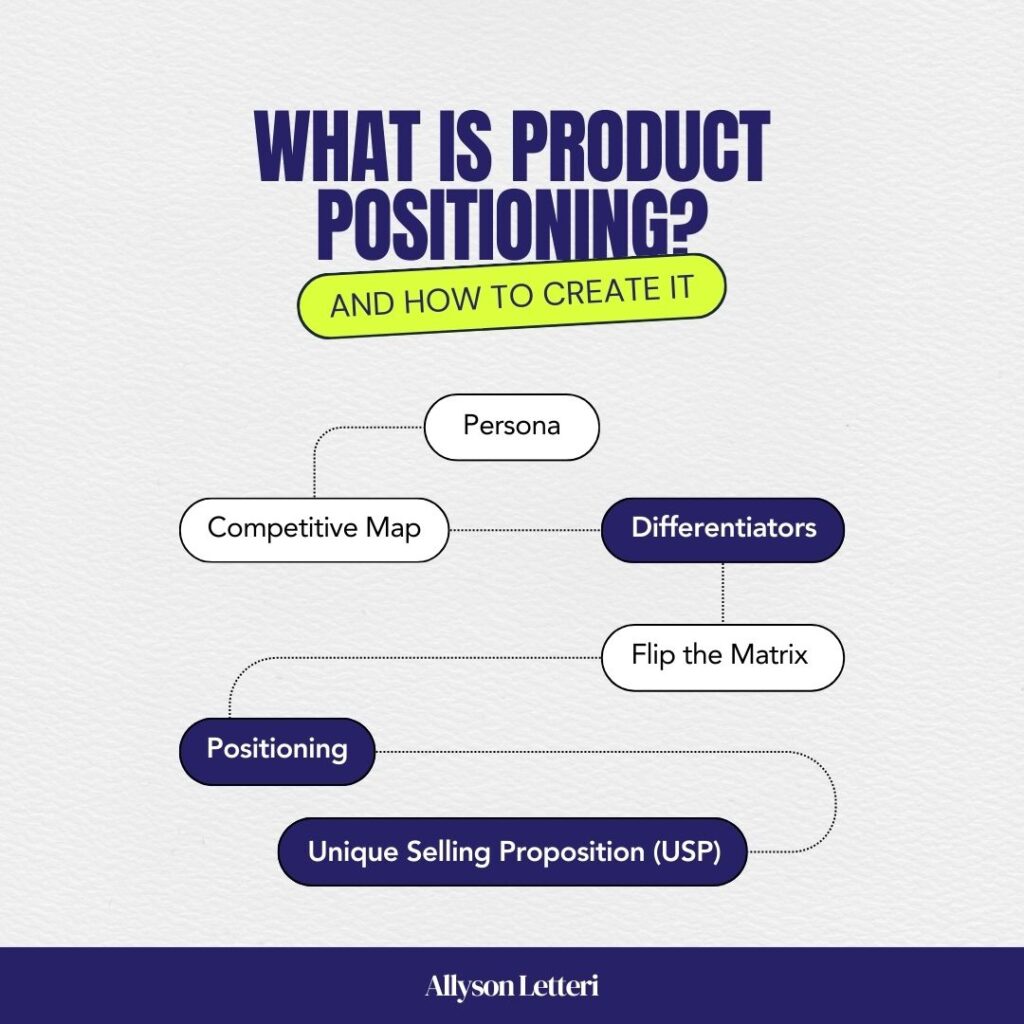
1. Decide if now is the right time to develop product positioning
As a first step, it’s important to understand the components of positioning and when is the right time to position your product. Here are the four parts of positioning:
- Persona – who your product helps, their pain points, and the outcomes they seek
- Category – the market(s) in which your product competes
- Competitive Alternatives – options your persona may use to solve their challenge
- Differentiators – the benefits and features that make your product different and better than the alternatives
An important prerequisite to creating your positioning is knowing the customer you’re targeting with your messaging. What matters is that you occupy a favorable position in your ideal customer’s mind as they choose a solution. You need to understand what other options they consider and help them understand why your product is a uniquely better choice.
Because of this, the best first time to create your positioning is once you have initial product market fit. Not only will you better understand who you’re positioning for, you’ll have early insights about why they choose your product over other options. The things that convince a customer to pick your product are likely your top differentiators.
Even before you have product market fit, you’ll have a hypothesis about what companies and people will choose your product and why. So you can create “draft” positioning in your earliest days, which you’ll refine as your ideal customer and top competitors become clearer.
When to POSITION YOUR PRODUCT
Here are key times you may need to update or reposition your product:
- Before product market fit, shaping your initial messaging
- After product market fit when you have clarity on your persona and competitors
- When you release game changing and product enhancements
- When new products entering the market and shift your differentiators
- When you competitors’ make major updates to their product or positioning
- When your ideal customers’ needs and desires shift
- When you want to sell your product to a new segment of customers
In short, understanding how to position your product is an essential skill for founders and your teams since you’ll likely adjust it many times. As your product, you’ll refresh your positioning. Product positioning is an iterative process, so learn the steps now to serve you in every stage of your startup’s growth.
2. Define your persona to understand what your ideal customer values
Now narrow in on the customers you need your product positioning to attract. Here’s your main focus: who do you need to motivate, and what will make them choose your product? Create a persona for the type of customers that you most want to attract and convert.
For a B2B startup, first nail down your ICP (ideal customer profile). An ICP includes the firmographics and technographics of companies that are your best fit customers. Then identify the essential people within that company who will form the buying committee. They are the ones who need to like your product positioning to choose your product over the alternatives. For B2C, you’ll create a persona for your most desired customers.
FIVE elements of a persona
Personas need to capture these five elements to help you develop strong positioning and product messaging:
- Pains – the painful challenges and problems your persona faces
- Gains – the desirable results or outcomes that your persona needs
- Shift – the change that creates interest, urgency, or necessity to find a solution
- Blockers – the concerns, hang ups, and objections your persona has about choosing a solution
- Motivators – the enticing benefits, proof points, and influencers that move your persona forward
Your persona’s pain points and desired gains will fall into three categories.
- Functional – jobs to be done, external tasks
- Emotional – feelings, internal thoughts
- Social – relationships, external perceptions
Knowing these three layers of what your persona is dealing with gives you empathy for their current state and how they will decide what product is right for them. Within each group, list the pains and gains in order of importance and urgency to your ideal customer. The “best choice product” for your ideal customer will address not just their functional needs, but their emotional and social needs too.
Once you understand these five characteristics of your persona, you’ll have a window into their buying and decision making criteria. You’ll be able to see what promises and attributes attract them to your competitors’ product, and your products. With this information, you can move to the next step: developing a competitive map.
3. Develop a competitive map to understand your differentiators
The third step is to create a shortlist of competitors and options that your ideal customer will consider to address their needs. Then you’ll identify what makes each product stand out to your persona. For this exercise, focus only on competitors that your ideal customers will consider as an option vs. your product rather than all the products in your category.
Add both direct and indirect competitors to your list. Direct competitors solve the same set of problems for your ideal customer in a similar way to your product. Indirect competitors solve the same problems but in different ways. These can include manual workarounds that your ideal customer uses rather than buying a product or totally different ways of solving their pain points.
Once you create this list, you’ll have a clear idea of what categories you’re competing in. When you place your product in a certain category, you immediately imply a set of competitors and the problems your product solves. Buyers often have ingrained evaluation criteria for products in a category and expect a table stakes set of features and benefits. You need to understand these ingoing expectations that your ideal customers will use to decide if your product is right for them.
Create a competitive map
Now create a competitive map that captures the table stakes features and each product’s top differentiators. To start, capture the standard benefits and functionality that you and your competitors offer. These are important aspects of each product, but they are not differentiators.
Now you want to capture the “X factors” that lead customers to choose one product over another. Make a list of the unique, valuable benefits and functionality that each product offers. That’s the key – you need to understand what’s most appealing and special about each product.
Best types of competitive research
How can you get insights about how your ideal customers view your competitors and their differentiators? Tap these sources:
- Read through each product’s website and other marketing materials to identify differentiators they emphasize
- Watch any webinars, listen to podcasts, and checkout longer format to see how companies describe their product and it’s value
- Talk with your sales team and listen to sales calls to get their input on what makes your product stand out and buy your product and why prospects choose competitors
- Conduct interviews with 5-10 of your ideal customers to understand their views on competitive products
- Check out competitors’ social media posts and customer reviews to understand what customer love most and what are gaps
Once you have your competitive map, look across each product on your list. Highlight the differentiators that are most attractive to your target customers. Notice what makes your product unique and why customers choose your product over the alternatives. What do they expect from your product that only you can offer? Now you can create a positioning matrix that sets your product apart from your competition.
4. Flip the matrix and claim your favorable position
With these insights, it’s time to create a positioning matrix. You’ll actually create two versions. Your first “status quo” matrix will capture the current way your ideal customers think about your category. A positioning matrix compares your product vs. competitors on two dimensions. Then you’ll create a new positioning matrix that clearly shows why your product is best for your ideal customer.
A positioning matrix is a 2×2 graph that places your product and competitors’ products on a grid based on two main attributes. From your competitive map, you understand what attracts your ideal customers to your top competitors’ products today. What two main differentiators make their products so attractive? Create a “status quo” matrix that places your competitor in the upper right corner. Your product will be somewhere southwest of the most desirable competitors.
Flip the script to create new positioning
Now it’s time to flip the script. You want to determine what differentiators would place your product in the upper right of the positioning matrix. This would also move your competitors to a less desirable position. Remember that positioning is about creating contrast with your competitors that helps communicate why your product is a better choice for your ideal customers.
Here are three techniques that help you create this contrast and flip the script. Try each of these and then determine which is the most effective for your product:
- One word – stand for a single attribute that’s the opposite of your top competitor
- New frame – suggest two new criteria for selecting a product in your category
- Specific segment – explain why your product is best for a narrower audience
Now finalize the attributes to use in your new 2×2 positioning matrix. When you compare your product to your top competitors in this framework, it’s clear why a customer would choose your product over their other options. This work prepares you to create your USP and value propositions, which I’ll cover in the next section.
5. Develop a strong USP and value props for consistent impact
With your favorable positioning defined, it’s time to create a headline statement about your product. This USP (unique selling proposition) explains who your product is for and how it uniquely solves your customer’s problem. This statement captures your most important and desirable differentiators, which your new positioning matrix helped you define.
Here’s the formula for your USP:
- [Product]
- helps [ideal audience]
- with [problem]
- achieve [outcome]
- through [top differentiators.
You’ll see that creating a persona helps you define your ideal audience and the transformation they seek (moving from problem to outcome). Your positioning work helped you define your product’s top differentiators. These unique benefits are what you’ll emphasize in your USP.
Create your value propositions
Now it’s time to define three value propositions, or promises about the outcomes your product delivers. Value props further elaborate on why your product is such a great fit for your ideal customers. These value props will give you a consistent way to talk about the valuable benefits your product delivers for your customers.
Strong value propositions share these five qualities:
- Desirable – valuable and attractive benefits for your ideal customer
- Differentiated – demonstrate how your product is different and better than the alternatives
- Defensible – a unique capability that’s difficult to replicate and will create durable differentiation
- Distinct – each one represents a separate, important benefit your product delivers
- Comprehensive – considered together they describe your most compelling benefits
The next step will be to support each value proposition with features and proof points. These act as “reasons to believe” that your product can actually deliver the benefits you promise. These credibility-builders include customer stories, data points, endorsements, and details about how your product works. Proof points are important ingredients of an effective messaging framework
Your new product positioning
Now you have a clear understanding of what product positioning is and the five steps to create your positioning and product messaging. It all starts with understanding your ideal customer and why they choose one solution over another. You’ll create contrast with your top competitors, showcasing why your product is different and better than alternatives to solve their needs.


